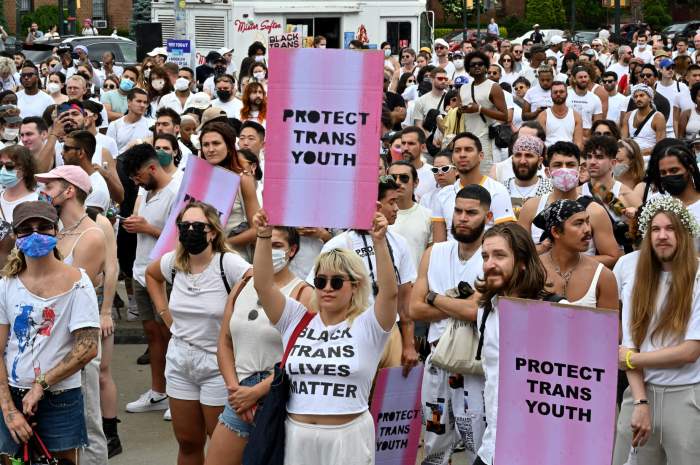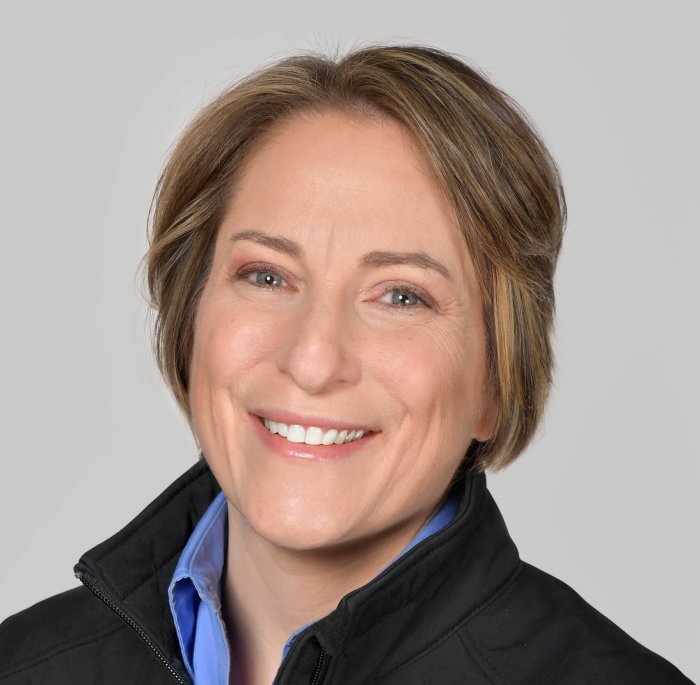Harry Hay spent much of his life exploring the spiritual ramifications of his homophile orientation.
“Radically Gay: The Life and Visionary Legacy of Harry Hay,” a conference sponsored by CUNY’s Center for Lesbian and Gay Studies (CLAGS) held September 27-30, ended on a surprising note. Delivering the closing address, John D’Emilio, a University of Illinois/ Chicago history professor who has written extensively on the early homophile movement, trumpeted Bayard Rustin, the gay civil rights leader and close associate of Dr. Martin Luther King, Jr., as the more important activist figure.
D’Emilio acknowledged the instrumental role Hay played in founding the first American homosexual rights advocacy organization, the Mattachine Society, in Los Angeles in 1950. Hay’s vision of homosexuals as “a social minority imprisoned within a dominant culture” was revolutionary for the time.
D’Emilio also noted that Hay was a self-taught intellectual who advocated an anti-assimilationist view of gay culture. Warning of the dangers of imitation, he emphasized uniqueness and difference as positive attributes of homophile culture.
Hay came out of the tradition of organized labor and the Communist Party, and his time with Mattachine was short-lived. The stigma of his Communist past at a time when McCarthyism was at its height led him to leave the homophile group by 1953.
D’Emilio spoke about a life-changing 1976 meeting he had with Hay at the Pueblo Indian reservation in New Mexico where Hay and his lover, John Burnside, then lived. The couple’s time in New Mexico was a period of exploration into spirituality and community structure, from which they envisioned possible alternative ways of living and being.
Looking back on that meeting, D’Emilio said he was put off by Hay’s wealthy background and social status, attributing the pioneering activist’s forceful personal style to his class privilege. This criticism seems misplaced in not accepting Hay on his own terms, as the product — as we all are — of the circumstances he was born into. Hay, in D’Emilio’s view, simply dropped out of the struggle for gay equality when things got difficult.
On this point, D’Emilio, noting that both Hay and Rustin were born in 1912, contrasted Hay’s work with that of the lifelong civil rights activist who, while open regarding his sexuality, played a critical role in making the 1963 civil rights March on Washington happen. D’Emilio’s notion that sustained political action is the only path to making significant cultural contributions is narrow and limiting. Indeed, the need for comparing the two men seems misguided. Is this some sort of competition?
By 1979, Hay re-emerged on the gay scene after a long hiatus to help found the Radical Faeries. Faerie organizations build alternative social structures that promote freedom and expression through dress, rituals, and shared community. Though Radical Faeries continue to exist, with their sanctuaries growing nationally and internationally, D’Emilio emphasized their remoteness from mainstream society, suggesting they don’t represent an important cultural strain in gay life. His comments make one wonder how much concrete experience he has with Faerie culture.
In fact, the communities and gatherings fostered by the Faeries could be looked at as utopian laboratories of new thought: Who are we? And why are we here? Faerie life is something of an experiment between nature and culture, an in-between space for questioning received wisdom and for sharing intimate insights. There is potential for ideas and models created by Faeries to be taken back into the “mundane world” and implemented in one fashion or another.
But the Faerie movement is, at its heart, based on a non-assimilative approach that Hay always championed. He believed what we are sexually is what we are spiritually, that homosexuals have a unique perception of the world and of culture based on the fact that our relationships are not based on the dichotomy between different genders.
D’Emilio’s diminishment of Hay’s importance was particularly striking in view of his remarks about the reactionary trends in the post-9/11 world that have accentuated the gay movement’s assimilationist politics. Harry Hay took himself off the path of political activism, but that was a conscious and intentional detour. He chose a world of self-discovery, even of magical thinking. It’s not clear why Rustin’s path was any more valid.
Thinking outside the box, Radical Faeries, fostered by the early guidance of Hay, have a significant legacy to offer, even as they continue to change and evolve. Rustin remained an organizer all his life, but Hay’s roles as a political activist and as a visionary in the Radical Fairies movement seem equally significant. D’Emilio assessment of his life and contribution at the CLAGS conference came off as skewed and shortsighted in its appreciation for his impact on our culture and spiritual awareness.


































